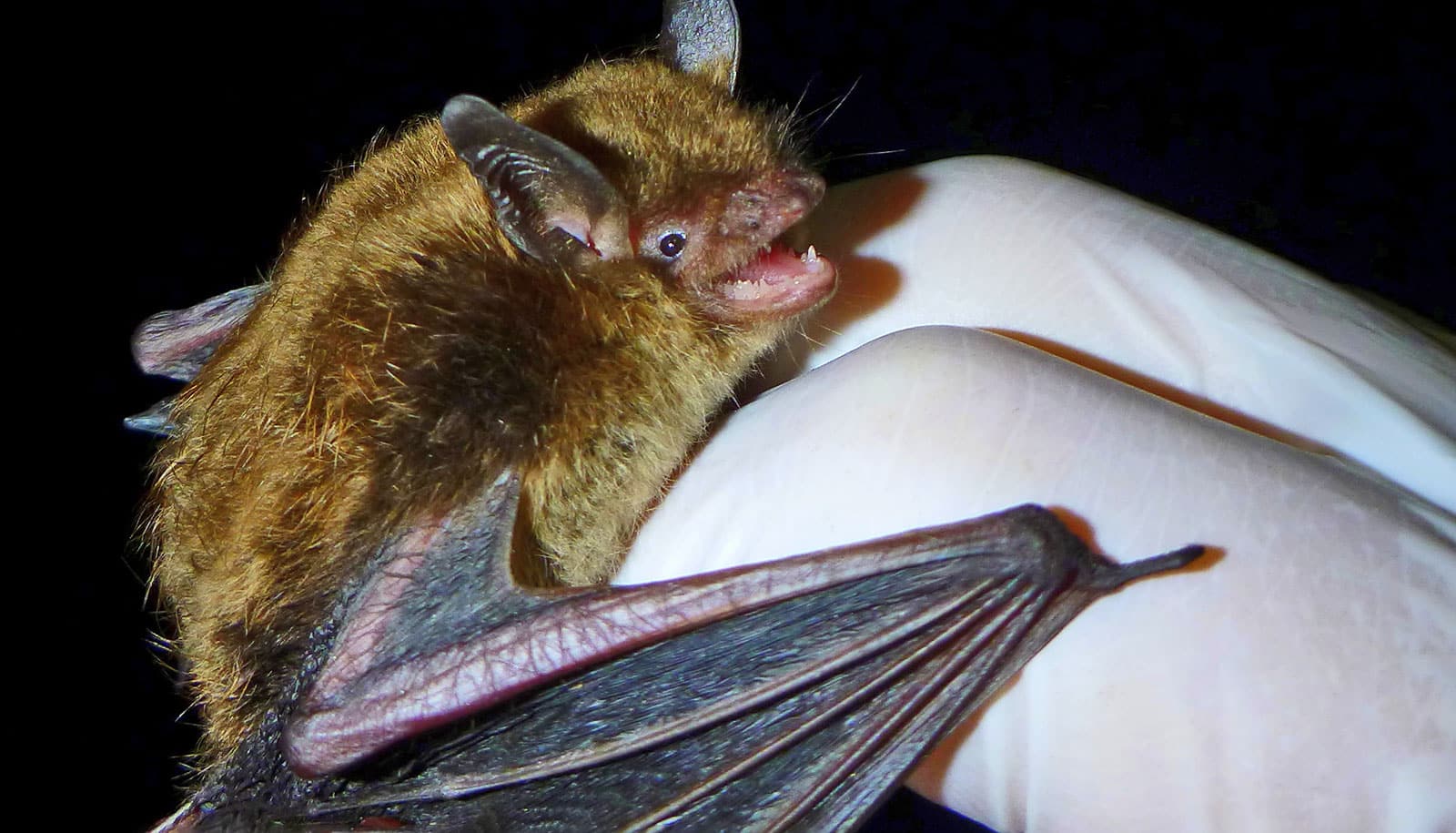A three-drug combination can simultaneously target pancreatic cancer cells, as well as the other harmful, inflammatory cells within tumors, according to new research.
“People with pancreatic cancer don’t have 10 years to wait for the next new drug…”
The research may define a more personalized approach to treating pancreatic cancer.
Ultimately, physicians could use information from the pancreas tumor biopsy about volume and predominance of cancer cells and non-cancerous inflammatory cells that affect the immune system, and then plan the best treatment.
“People with pancreatic cancer don’t have 10 years to wait for the next new drug,” says David C. Linehan, a surgical oncologist, director of clinical operations at the Wilmot Cancer Institute, and professor and chair of the surgery department at the University of Rochester Medical Center.
“Our approach is based on evidence that this disease has particular characteristics involving both the tumor and the immune response,” he says, “and we believe that treatment must address all sides of the problem.”
In fact, more than 80 percent of a pancreatic tumor is comprised of cells that are not malignant cancer cells. But many of these non-cancer cells, called tumor-associated macrophages (or TAMs), still play a vital role in promoting cancer by preventing the immune system from attacking the cancer.
In addition to TAMs, pancreatic tumors are also comprised of and surrounded by tumor-associated neutrophils (TANs) that further block the immune system when pancreas cancer is present. (The cancer recruits these detrimental “helper” cells, TAMs and TANs, from the bone marrow.)
Patients who have a high number of TAMs and TANs in their biopsy samples have a poorer prognosis. In general, survival odds for pancreatic cancer are dismal and the incidence is rising, fueling an urgent need for improvements in treatment through research.
To screen for pancreatic cancer, take a selfie
The objective of the study, which appears in the journal Gut, was to target TAM and TAN with a combination of experimental drugs that would reduce their numbers and allow the body’s own immune defenses to act appropriately and fight the cancer, and to boost the effectiveness of standard chemotherapy. The researchers conducted the study in mice but they also performed correlative analyses on human pancreatic tumor samples.
Results showed that targeting TAM and TAN—as well as the cancer cells—improved antitumor immunity and chemotherapy response better than using any single therapy.
The journal also published an accompanying editorial by a German physician and research leader in pancreatic cancer, who says the new study provides a strong rationale for using combinations of drugs to overcome immune evasion in pancreatic cancer and other solid tumors.
Source: University of Rochester



